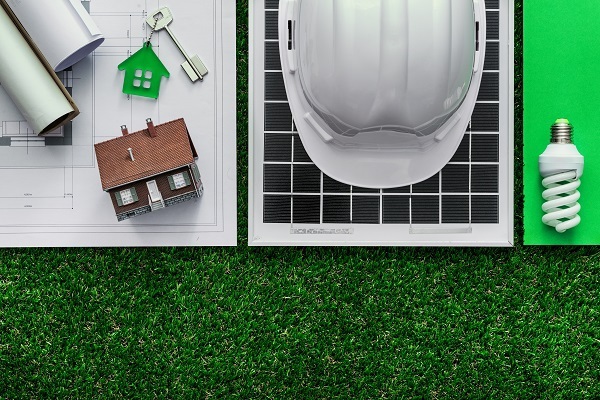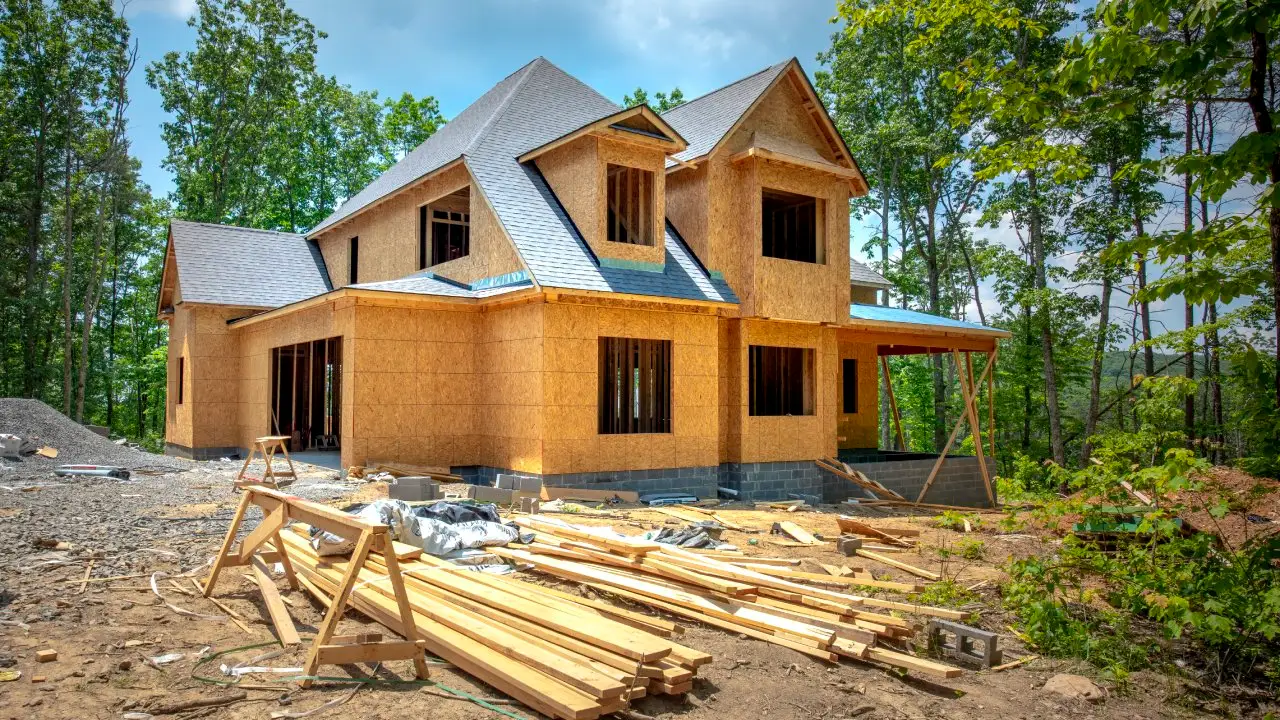New and sophisticated green buildings, as well as buildings with features that are environmentally friendly such as wind turbines, rooftop gardens, electric car charging stations, solar panels, and more are popping up across the state of California. The construction industry as well as construction liability insurance are adapting to take buildings with these innovative features into consideration in their planning and underwriting processes, respectively.
Issues always arise with making sure that construction companies, and their insurance carriers are protected when it comes to new technology and innovation in the industry. Something as simple as a garden on the ground becomes a work of massive architectural and building planning when it is placed on the roof of a high-rise building. Dozens of stories into the sky, the weight of soil, plants, fertilizers, and waterproofing materials all place stress on the building’s structure, and the systems needed to properly irrigate and drain the garden all must be taken into account at the early stages of planning.
Further, new buildings that seek to install wind turbines on the side of the building must be engineered to carry not only the weight of the turbine, but also must undergo massive stress testing and wind force calculations in order to ensure the structural integrity of the building when the turbine spins. While these novel building features hold massive appeal from the perspective of keeping future electric costs down and doing a company’s part to reduce their carbon footprint, because they are often so far outside of traditional building practices and codes, there could be a rise in construction defects related to the implementation of these new technologies.
A great example of the wave of green construction comes from the Adobe Systems, Inc. complex in San Jose, California. All three buildings in the complex are certified as LEED Platinum and with the addition of Bloom Box technology combined with 20 wind turbines already installed at the complex, they are inching ever-closer to becoming energy-neutral. The wind turbines alone are each 30 feet tall and put off enough energy to power approximately ten homes per year. The wind to power the turbines comes from a wind channel formed by the three buildings that make up the complex. The turbines, combined with the rooftop garden and the parking garage below (wherein the Bloom Box installation occurred), mean that the building envelope and structural components are carrying significant weight and, in certain weather conditions, extreme force, all of which must be taken into consideration at the very early planning stages.
As alluded to above, one of the most common problems that is beginning to show as rooftop gardens are installed or is leaks into the building from the roof. These leaks can cause a tremendous amount of water damage before they’re identified. These types of leaks occur when the waterproofing membrane used to install the garden is either insufficient, nicked by a shovel during installation or normal tilling/fertilization, or pierced by a poor choice of plant with a problematic root structure. This can also result in water backing up and increasing the weight on the roof to a load not contemplated during the roof’s original design and construction process.




